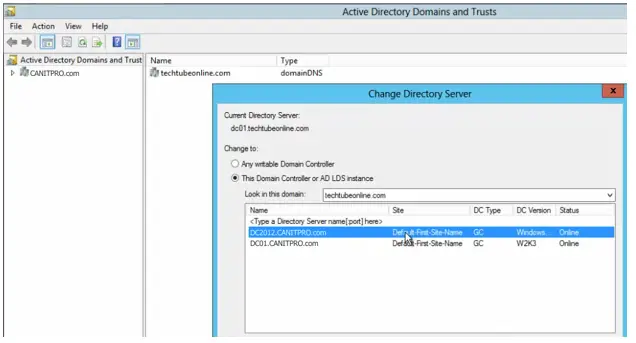
If what the singer is hearing is 2048 samples off then singing exactly in sync with the music will be a little off. If you are singing over a backing track you need to be as close to in sync with the backing track as possible. They need to monitor what they are recording as close to in sync as possible. The other is the amount of buffering done by your software recording/playback application.įor studio type recording work you'll get advice to lower the buffers (both in the driver and in the software app) to as low as possible without causing glitches.

One is the amount of buffering done by the driver and hardware. I'm not sure how high is reasonable in Audition. Increase the buffering done in Adobe Audition as well. You'll probably be able to go to 2048 or 4096 samples. Increase the sample buffering in the M-Audio driver to as high as it will go. Increasing the buffers will help the driver ride out events that would otherwise cause an audible glitch in the audio. Go into the control panel for the M-Audio ASIO driver and increase the number of samples that it buffers. ASIO allows for better and more reliable recording than the standard Windows drivers. Your M-Audio card came with ASIO drivers. Use ASIO mode in any recording software that supports ASIO. You may need to do some special optimization while recording like disable your anti-virus during recording or disabling your wired or wireless network interface while recording.

Just get it to a point that it's good enough to playback and record without glitches. No need to go crazy and try to optimize for the absolute lowest DPC latency numbers.

#CLICKREPAIR SETTINGS HOW TO#
Those sites also explain a bit about what DPC latency is and how to investigate and fix latency problems. If your computer has big latency spikes it can cause dropouts during playback or recording. Run these two programs to check your DPC and ISR latency: LatencyMon and DPC Latency Checker.


 0 kommentar(er)
0 kommentar(er)
